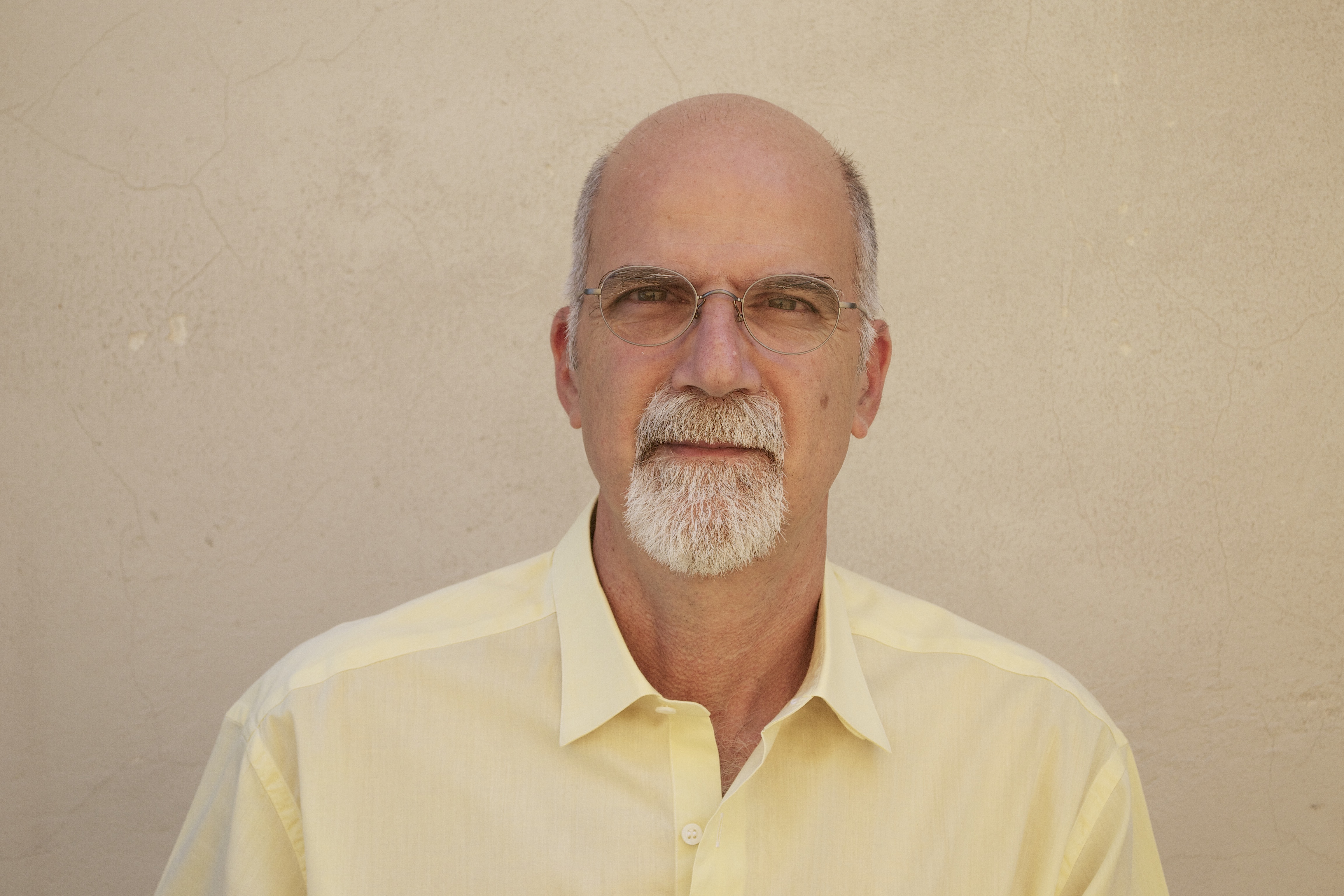
A research group of CIC biomaGUNE led by the Ikerbasque researcher Maurizio Prato, together with other groups from the University of Trieste, Ferrara and Messina (Italy), ITM and ISOF Institutes (Italy), Elettra-Sincrotone from Trieste (Italy), University Technological of Graz (Austria) and University of Erlangen (Germany), have advanced in the division of water into hydrogen and oxygen through the combination of bioinspired catalysis and nanoscience.
The results of the research, published in the journal Nature Chemistry, identify a kind of functional "Lego blocks" that mimic the essentials of the sheet machinery. The work does not replicate the identical perfection of biological systems and their fragile architecture, but explores artificial alternatives, designed with highly robust, versatile and adjustable synthetic components, which are easily scalable.
"We have artificially achieved the smallest functional piece that makes up the sheet. We have combined a photo sensitizer with a catalyst to make the division of water into its two elements through light and replicate a process that in nature is done with photosynthesis but in the laboratory is very difficult to achieve. The novelty is that we have done it with well-characterized molecular elements and with greater performance" explains Maurizio Prato, Ikerbasque professor at CIC biomaGUNE, where he leads the area of Carbon Nanobiotechnology.
"The division of water is a long-sought dream, it was one of my research topics long ago" says Professor Jean-Pierre Sauvage of the Institute of Science et d'Ingénierie Supramoléculaires (ISIS) of Strasbourg, Nobel Prize in Chemistry in 2016. "It is an extremely arduous process, with many research groups that try to imitate nature, but are still far from achieving. This research opens new perspectives and new possibilities. The self-assembly of a robust sensitizer with an efficient catalyst generates an extremely fascinating and efficient system to oxidize water to oxygen, a fundamental step towards the division of water. "
CIC biomaGUNE researcher Maurizio Prato explains the great advance his latest work offers. "In this research, we have used a robust and versatile organic semiconductor to fabricate a photoactive framework around the catalytic center to transfer electrons and slow down recombination." Hydrogen and oxygen combine to form water in a process that is highly energetic. It generates a lot of energy, similar to what you get when a hydrocarbon like methane or gasoline burns in a car engine. "The ideal would be to make an engine that works with hydrogen, which combines with oxygen and generates water and energy that allows the vehicle to move. Making hydrogen now costs a lot. We are trying to do it and it is economically profitable. It is a very competitive issue and we have achieved a molecular system that will allow important advances ", concludes Maurizio Prato.
.png)
